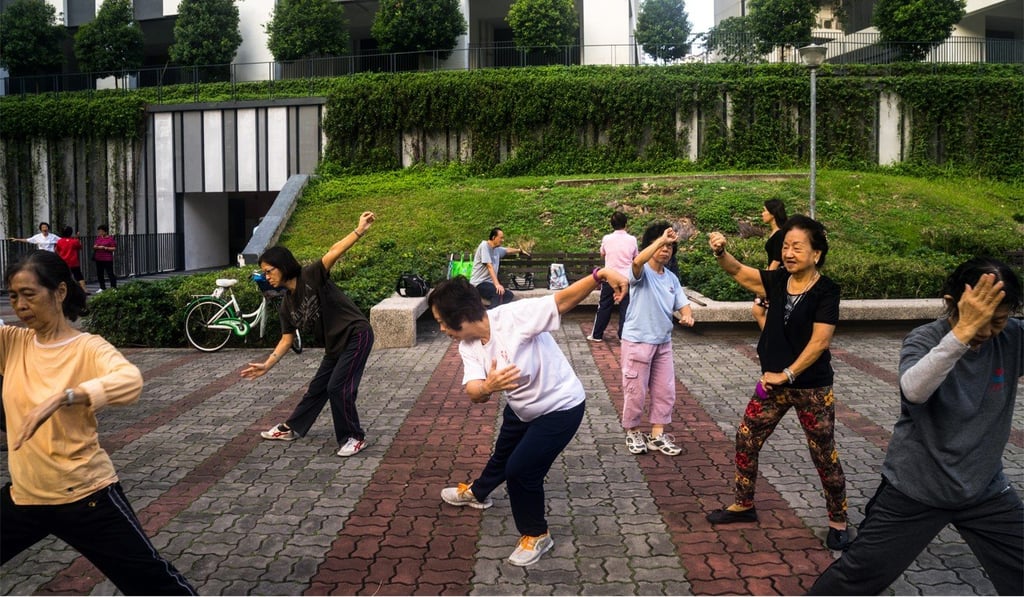Analysis | Why Hong Kong cannot copy Singapore’s approach to public housing
- Hong Kong’s struggles to house its population don’t just stem from its shortage of land, and looking to the Lion City as a model is unrealistic

He argued Singapore’s solution had simply been land reclamation, but this is an oversimplification of the city state’s approach to its acute home shortage of the 1960s. The reasons behind Singapore’s successes have little to do with reclaimed land, and the conditions in Singapore when Lee was prime minister are vastly different from those in Hong Kong today.
Reclamation was never a key feature of Singapore’s public housing policies. Most of the country’s reclaimed land has been put to non-residential uses such as the airport, industrial parks, ports, the new financial district at Marina Bay, and recreation. Only a thin sliver in the southeast has been set aside for public housing. Most future residential land parcels are also not on reclaimed land.

The Lion City’s public housing policies were formulated under Lee between 1959 and 1990. When Lee took on the top job, there was a dire shortage, and housing blocks in the city centre were plagued by overcrowding and unsanitary conditions. In 1957, it was estimated about 500,000 residents needed accommodation, and about 400,000 of those required relocation from the overcrowded city centre.
The Singapore Improvement Trust (SIT), set up by the British colonial government, built only 23,000 public housing flats in its 32 years. It was replaced in 1960 by the Housing and Development Board (HDB) under the newly elected independent government of Singapore. By the time Lee stepped down in 1990, 87 per cent of city residents lived in HDB flats (with 88 per cent owning one), despite Singapore’s population having nearly doubled from 1.6 million to 3 million since the late 1950s. The board is largely credited with this transformation.